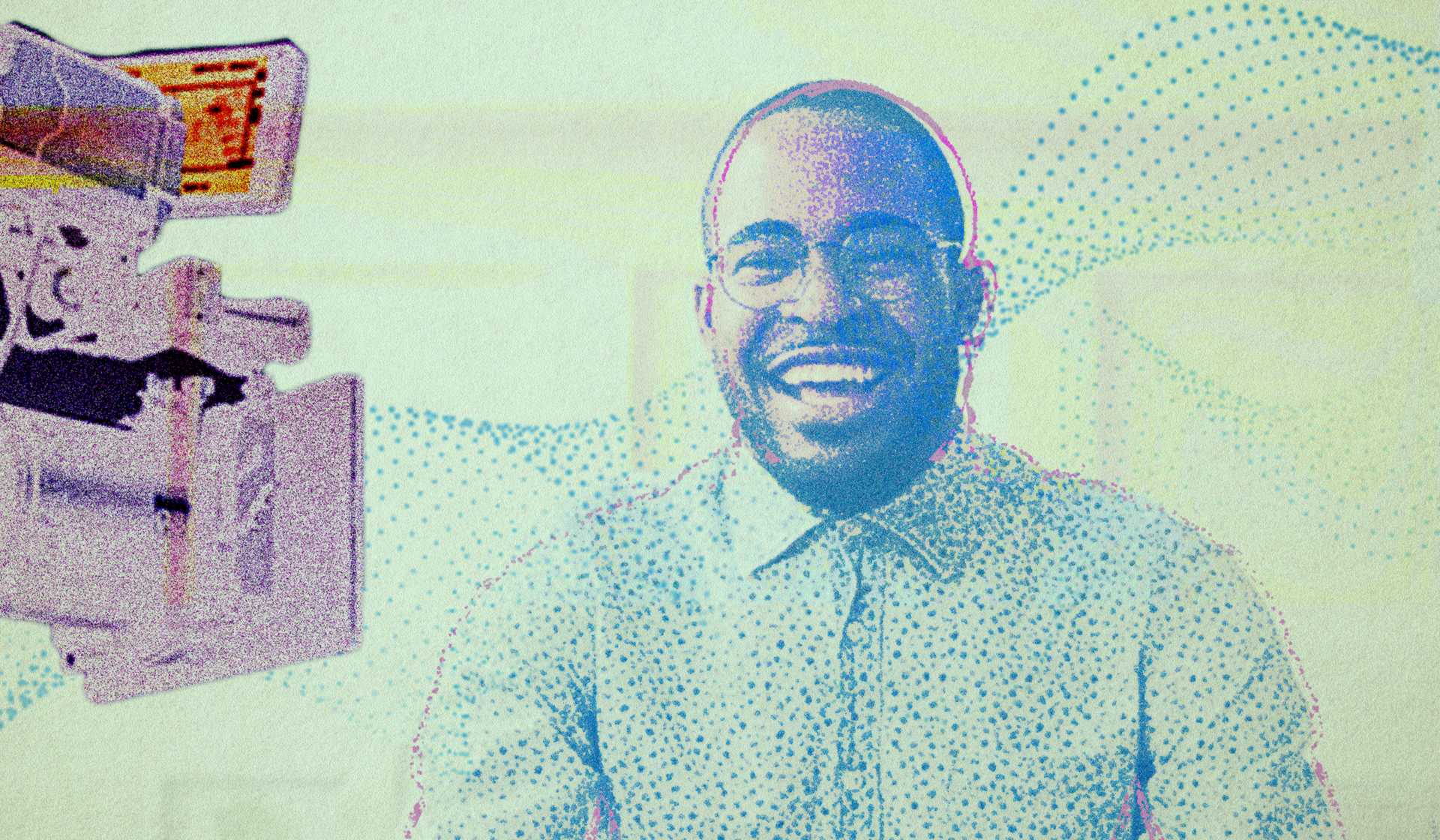It’s a content creator’s economy—are your learning videos keeping up? The talking head video is a staple in the L&D world, but maybe it’s time to reevaluate your approach. Are your videos bringing the right enthusiasm and engagement to capture and keep your learners’ attention?
Here’s the good news: your audience is already avidly consuming media content. With YouTube, the advent of content creators, influencers, SkillShare, and MasterClasses, the direct-to-learner market means your learners are ready to listen. But it’s probably not going to happen through a traditional talking head video.
We shelved the typical talking head approach long ago and instead invested our time into creating an approach we found more exciting and more engaging: a high end, polished, and thoughtful approach to learning videos that keep learners coming back.
Let’s take a look at five ways to transform the typical talking head video for learning.
1. Take a MasterClass approach to learning videos
MasterClass is the leader in the self-directed, online video learning space. So why not take a page from the MasterClass playbook? MasterClass works because it prioritizes high-quality cinematic production, charismatic and inspiring instructors, and thoughtful instructional content.
It’s the same approach we take when creating a talking head video for learning. We use our writing and learning experience to develop curriculum, then we figure out how to turn that curriculum into video content through screenwriting. Then we film with cinematic qualities in lighting, lensing, and production design.

Here’s a simple first step for taking a MasterClass approach to your next learning video. How can you create more diversity in your video’s scenes and settings? Consider Aaron Sorkin’s MasterClass on screenwriting. He’s not just sitting in a generic office setting talking into the camera—he moves from the set to the writer’s room to rehearsing scenes backstage.
Aim for every setting in your video to be thoughtful, contextual, and visual. Is it still technically a talking head? Sure, but it’s far more engaging and instructional for your learners.
Consider a content series approach
Here’s a challenge for you. Next time you identify the need for a one-off talking head video, challenge yourself to take a series approach instead. In today’s content creator world, people get excited about consuming serial content. What if you created a monthly series for your content and built an internal brand around it?
A content series approach allows for learners to dive deeper into the topic and ask questions, and it creates a sense of community around learning. Pull in elements from the MasterClass approach to keep things interesting: each chapter can have a different, story-driven setting and mix up your video’s format depending on the topic (for example, a talking head versus a walk-through approach).
If you really want to build engagement with your team, creating a predictable cadence around knowledge sharing is a great way to bring people together to learn. Your content series can be self-directed or you can take a cohort approach with a live teaching component.
2. Hire talent, not corporate participants
It’s pretty tempting to default to using internal team members as your actors. After all, they’re already there, they’re familiar with the content, and it’s a familiar face for your learners. Here’s the thing: your team members aren’t actors. You hired them because they’re great at their jobs, not because they’re Jake from State Farm. You want your content delivered in a tone that is correct, quality, and doesn’t come off as someone reading from a teleprompter.
Here’s the good news: your Jake from State Farm is out there, and it’s not as expensive as you might think to find him. The cost of hiring great on-screen talent is low compared to overall investment, and it gives you the chance to find an authentic, relatable person to be the face of your content, whether it’s for a video series or realistic scenario-based learning.
Still not sure whether you should hire actors or use internal talent? Here’s our rule: there needs to be a convincing argument to use actual employees. Sometimes your audience will benefit from having a message delivered from recognizable faces. For example, if you’re delivering a message from leadership, go ahead and bring the leaders in to deliver it.
3. Incorporate high-end motion design
Your learner audience is used to consuming high-end content on nearly every platform, from Instagram to Netflix. Even if your videos are only internal, your learners will immediately feel underserved if they come off cheap or out-of-date. You can’t get away with just a lower third anymore—and it’s more fun to go beyond it anyways.
Motion design is guaranteed to elevate the overall look and impact of your video. There are so many new ways for video editors to implement motion graphics and it’s easier than ever to simply drop motion graphic templates in your NLE. Plan ahead and hire motion designers to be involved in helping create animations and visual effects that stand out.
We bring in our 2D and 3D animators to build title packages and to support the on-screen content. Once you’ve integrated motion design into your graphics and titling, consider opportunities to disseminate it through your other learning material to build a brand around your learning.
4. Prioritize accessibility and translation
No cutting corners here. Learning should serve all learners, no exceptions. Accessibility should be baked into your production plans from the jump to ensure you don’t hit any snags at any stage of the process. When planning for accessible video content, you’ll want to consider elements such as closed captioning, standard audio description, and a rich media alternative transcript that includes what is displayed visually in the video as well as what is said.
Shooting for a multilingual audience? At minimum, plan to include language subtitles and on-screen translated text. But our advice is to go the extra mile to treat all learners as equals and hire a second native speaker.
5. Support and market your learning videos
After you’ve invested your time and resources into creating a great training video, how can you extend the usefulness of it? Give your internal brand some of the same marketing love you’d show your external brand. Media consumption is at an all-time high. There’s an appetite for content, it’s just about getting yours to break through the noise.
Pique and sustain interest in your content with some creative marketing campaigns. You can create a behind the scenes vignette of your video, launch an internal email campaign, and post about it on your team’s internal communication channel, like Slack. Pro tip: during production, set aside time to shoot extra content for shorts later on to promote the video or content series. Script a few specific CTAs and teaser lines to help cut in with your traditional content trailers.
Video is a powerful learning tool
If your goal is to transform how people learn (it’s ours!), then the way that we create learning needs to transform, too. Video has always been a powerful tool for storytelling, teaching, and connecting big ideas. Now, there are more possibilities than ever to use video to reach learners and make an impact.
With the right curriculum support, production partner, and marketing tools, you can successfully pull off videos that resonate with learners and inspire real change.
What role does storytelling play in creating powerful learning experiences?
Here’s a quick guide on the neurobiology of storytelling.
Read more→